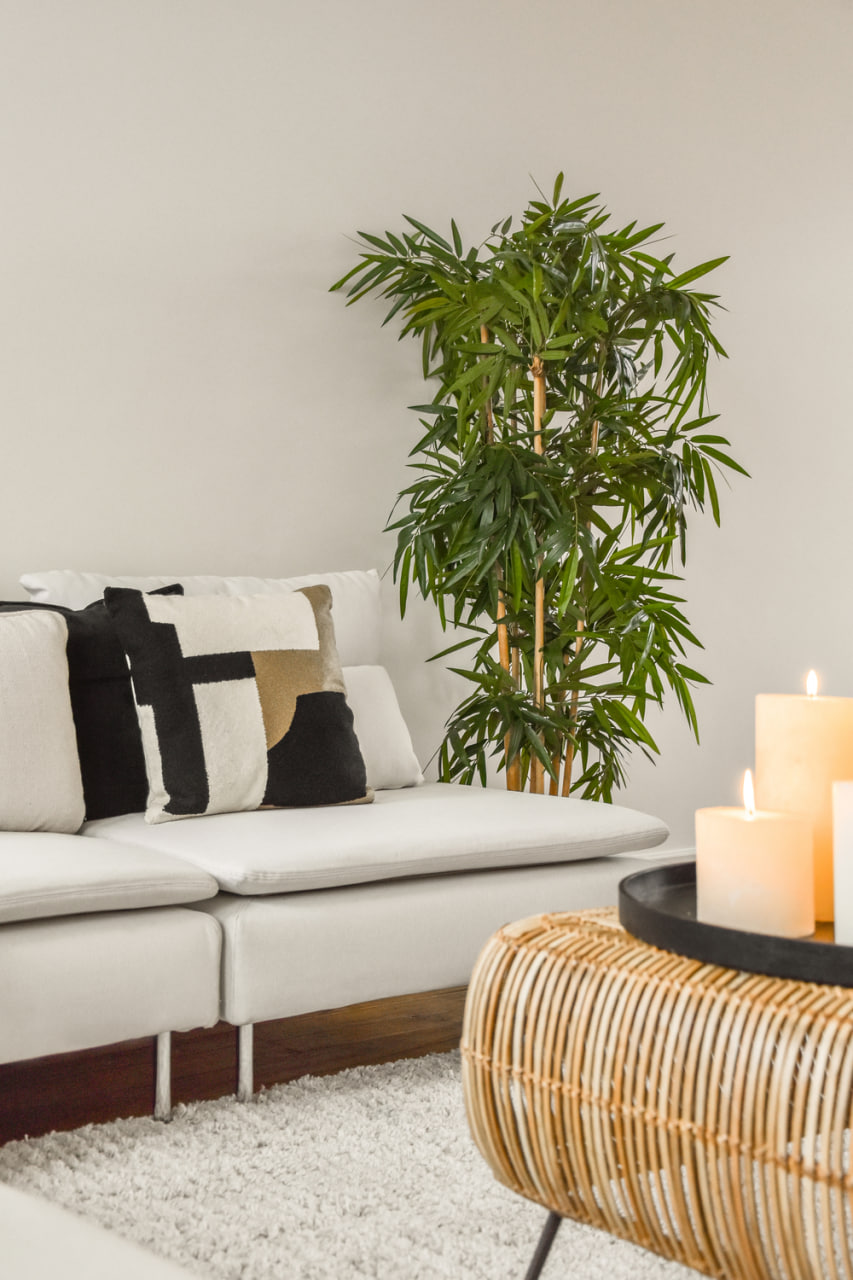Nature is an ever-present teacher in how to create beauty with rhythm and purpose. From the quiet minimalism of winter branches to the exuberant color of spring blooms, each season offers a palette of textures, forms, and tones that can transform our interiors. Styling with natural elements isn’t about mimicking the outdoors—it’s about creating harmony between your living space and the world just beyond your door.
Natural elements invite us to live more slowly and more presently. They remind us of impermanence, of cycles, of the beauty in change. When we decorate seasonally with organic materials, we’re not just layering our homes—we’re cultivating a mindset. One that values simplicity, tactility, and connection.
Each season offers a unique vocabulary of natural materials, and learning to style with them opens up creative possibilities far beyond store-bought decor. In spring, this might mean soft greenery, budding branches, or freshly picked florals arranged in loose, organic shapes. It’s a season that invites freshness and flow—open bowls of water with floating petals, delicate woven baskets, and the reintroduction of light-reflective surfaces.
Summer leans into vitality and abundance. Think dried grasses, citrus branches, fresh herbs, and stones warmed by the sun. It’s a time for openness—windows without coverings, woven rugs rolled back, bare floors that cool the feet. Natural styling in summer thrives on air and light. Bowls of seasonal fruit, linen tablecloths, and bundles of lavender or rosemary bring both scent and spirit into the home.
Autumn invites richness and depth. It’s the season of gathering, of anchoring. This is when styling becomes tactile—dried foliage in amber and rust tones, acorns, moss, wood textures, ceramic vessels. You might stack books on tables with foraged leaves between their pages, or create a small arrangement of branches in a handmade vase. The emphasis is on grounding—warmth, weight, and softness through color and material.
Winter, often considered sparse, actually holds immense beauty in restraint. It’s a season of silence and stillness. Bring in evergreens, pinecones, smooth stones, bare twigs. Play with contrast—dark woods and white textiles, reflective metals and soft wool. A single sculptural branch in a glass vessel, a tray with tea and candlelight, or sheepskin draped over a chair can feel abundant in their simplicity.
Natural materials also age with grace. They patina, soften, dry out, and transform over time—mirroring the very essence of seasonal change. This process adds depth and texture to your home and fosters a sense of intimacy. A dried bouquet left to fade naturally, a collection of shells gathered from a trip, a log placed beside a fireplace—even these small, imperfect pieces tell stories.
Another benefit of seasonal styling with natural elements is sustainability. It invites us to look around before we look to purchase. What can you gather safely and responsibly from your environment? How can you reuse what you already have? A walk through a local park or your own backyard becomes a source of inspiration and materials. It’s a practice that fosters mindfulness and resourcefulness at once.
Beyond decoration, natural elements engage the senses. The scent of herbs, the texture of bark, the coolness of smooth stones, the crackle of dried leaves—all these things make a space feel alive and responsive. They help us slow down and experience the environment with more than just our eyes.
Seasonal styling is not about rules or formulas—it’s about alignment. Tuning your home into the natural rhythm of the year creates a kind of ease, a flow that supports your mood, your habits, your rituals. It reminds you that your living space is part of a larger world that’s always in motion. And in embracing the imperfect, the found, the fleeting, you invite beauty that feels personal and true.

